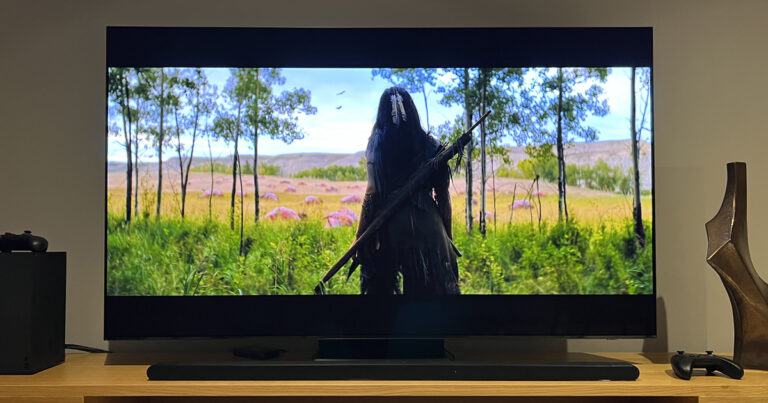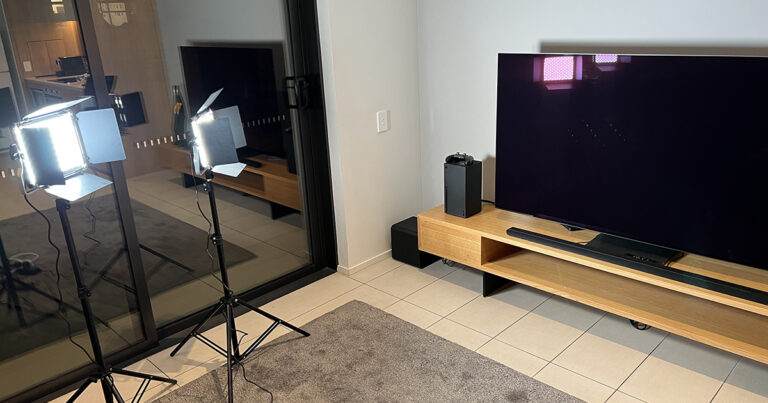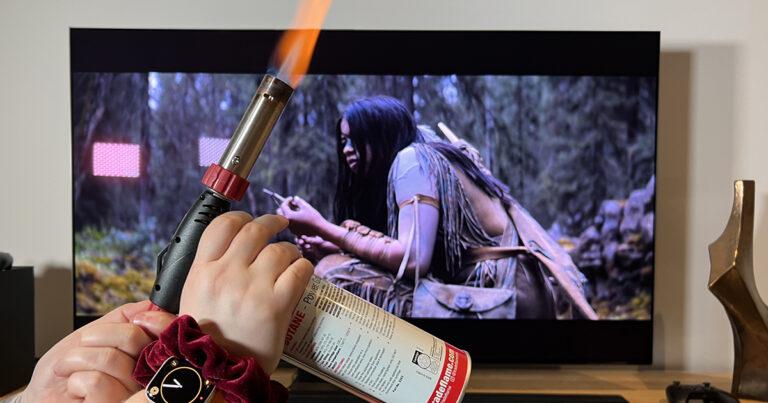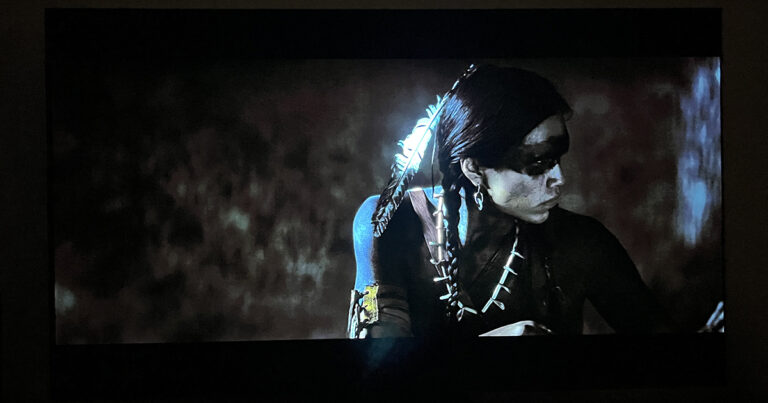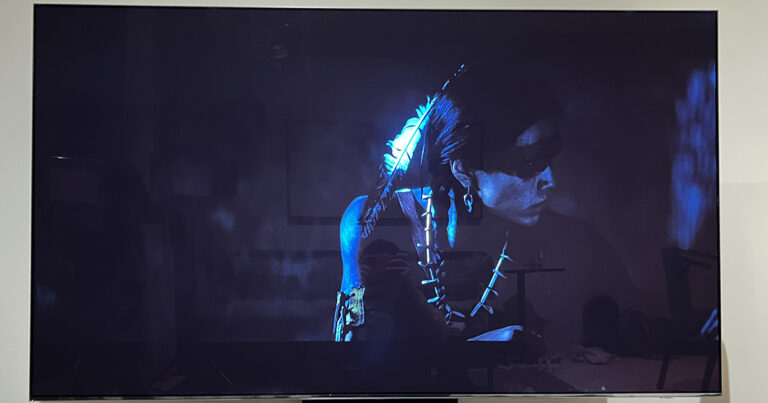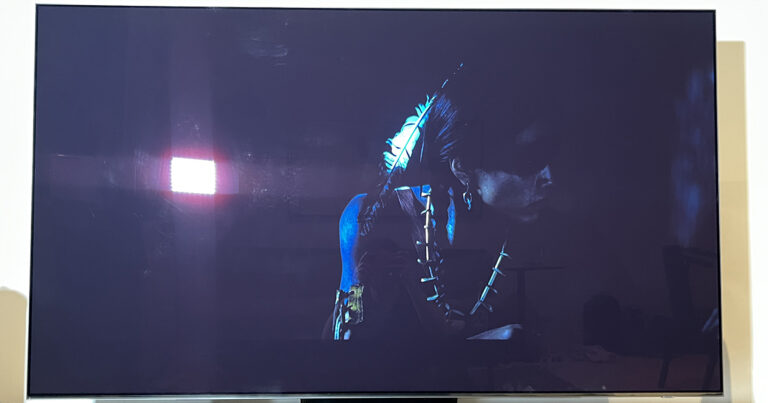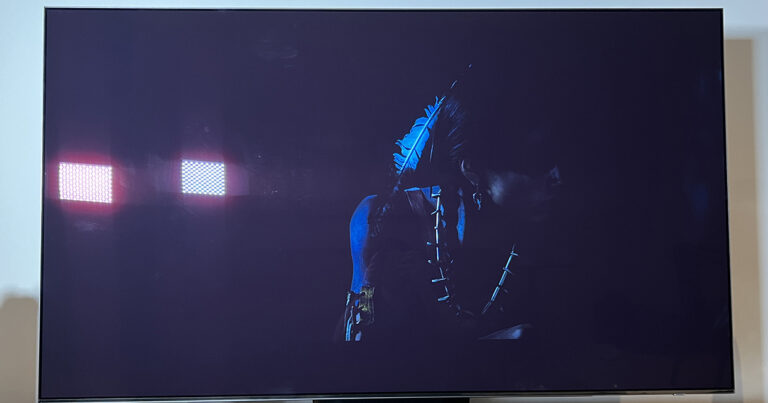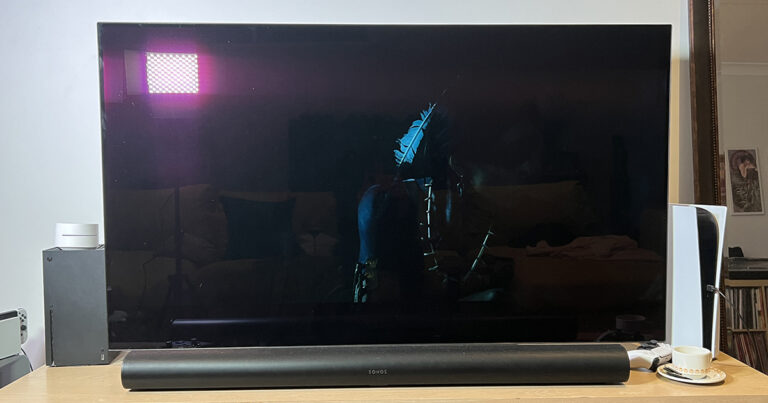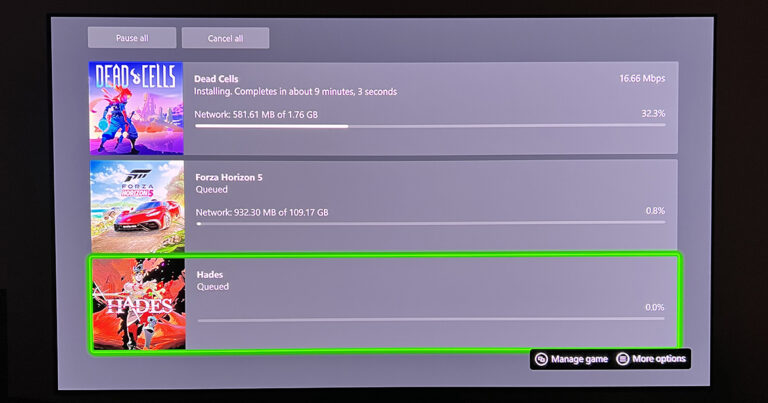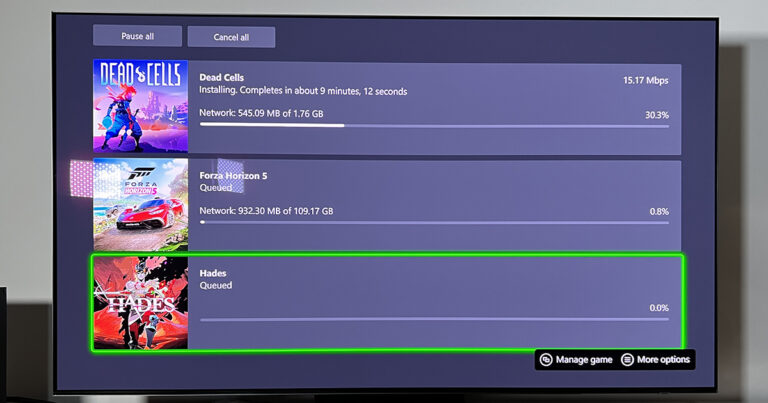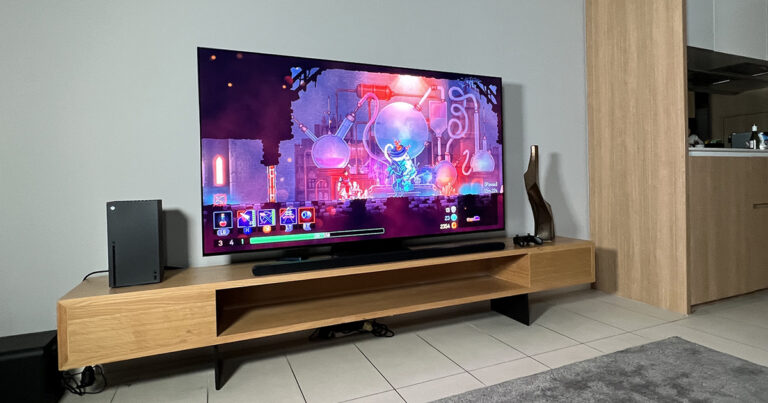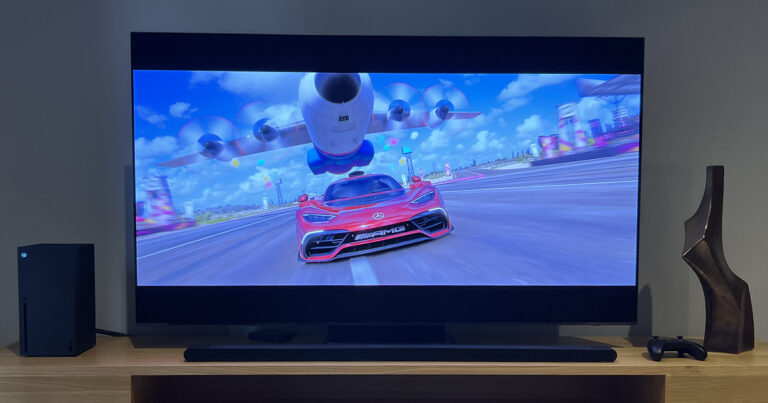Optus Mobile Review ALDI Mobile Review Amaysim Mobile Review Belong Mobile Review Circles.Life Review Vodafone Mobile Review Woolworths Mobile Review Felix Mobile Review Best iPhone Plans Best Family Mobile Plans Best Budget Smartphones Best Prepaid Plans Best SIM-Only Plans Best Plans For Kids And Teens Best Cheap Mobile Plans Telstra vs Optus Mobile Optus NBN Review Belong NBN Review Vodafone NBN Review Superloop NBN Review Aussie BB NBN Review iiNet NBN Review MyRepublic NBN Review TPG NBN Review Best NBN Satellite Plans Best NBN Alternatives Best NBN Providers Best Home Wireless Plans What is a Good NBN Speed? Test NBN Speed How to speed up your internet Optus vs Telstra Broadband ExpressVPN Review CyberGhost VPN Review NordVPN Review PureVPN Review Norton Secure VPN Review IPVanish VPN Review Windscribe VPN Review Hotspot Shield VPN Review Best cheap VPN services Best VPN for streaming Best VPNs for gaming What is a VPN? VPNs for ad-blocking OLED is often considered the gold standard TV technology type. OLED displays are self-lightning, where individual pixels are switched on as needed, and remain black otherwise. This means you get “perfect black”; when a pixel isn’t being used, it’s indistinguishable from when the TV is off. On a traditional LCD LED TV, the darkest you can go is a very dark grey, thanks to the backlight. The main trade-off with OLED TVs is they tend to be dimmer, which makes them hard to watch if there’s too much ambient light. I’ve owned an OLED TV for about five years, and on sunny days, I’ve got to close the blinds to ensure the screen doesn’t get overpowered. With its new OLED TVs, Samsung says its paired the panel with its Quantum Dot technology, resulting in what should be a brighter display that doesn’t compromise on blacks. The panel maxes out at 1,500 nits of peak brightness, while LG’s bright OLED panel currently sits at 1,100 nits. In theory, this could help solve OLED’s biggest weakness. It could be the best of both worlds. If I couldn’t have actual sunlight to pit against the TV, studio lights were obviously the next best thing. As for the blow torch, well the sun is technically on fire. On the other hand, my studio lights are about 5,000 lumens each at maximum brightness. For comparison, a candle has a brightness of about 12 lumens, while light bulbs tend to be between 600 and 1,000 lumens. (My kitchen blow torch is definitely closer to the candle part of the spectrum.) While not exactly replicating sunlight, my two studio lights effectively added ten bright light bulbs to the room, directly angled at the TV. So let’s get this out of the way first, Samsung hasn’t rewritten physics. Since OLED pixels are off when displaying black, extra brightness isn’t going to do much. Short of making pixels tiny black holes that suck in all light, it makes sense that an OLED TV is going to perform best in a dark space. The true level of black does however make OLED TVs ideal for dark scenes, revealing details that other TVs wouldn’t. As such, my first test was with one of the night time scenes from Prey. I started by turning all the hotel lights off, and the picture was absolutely stunning. The contrast was top notch, there wasn’t any reflection from the room, and the black cinematic borders all but melted into the room. (Note that these photos are exaggerated due to how phones process photos, and are more so illustrative than presenting a true-to-life image of what I saw.) As with Samsung’s other TVs, the S95B doesn’t support Dolby Vision for HDR. That’s a shame given Dolby Vision is considered the best format for HDR video, making it a natural pairing for an OLED panel. You still get HDR10+ support, however. The S95B OLED TV models are also part of Samsung’s ecosystem play. If you pair one with a Samsung sound bar, the TV speakers work in conjunction with it to get an even larger sound. Samsung’s new Galaxy Buds 2 Pro can automatically pair with it if you want a more personal audio experience. When it comes to the OLED front, Samsung’s new models are exciting, even if from a competition perspective. For the last decade, LG has been the sole manufacturer of OLED TV panels. Samsung’s presence in the space could lead to both better prices and further innovation, as we’ve seen with its Quantum Dot technology in the S95B. While I didn’t have quite enough time with the S95B OLED TV for a complete review, it certainly delivers on picture quality. Dolby Vision would have been nice to have, but otherwise, Samsung’s S95Bs seem like a solid choice if you’re predominantly watching in a dark environment. Less so if you’re illuminating a hotel room with studio lighting and fire. Disclosure: This author tested the Samsung S95B OLED TV during an overnight stay in a hotel room as a guest of Samsung
